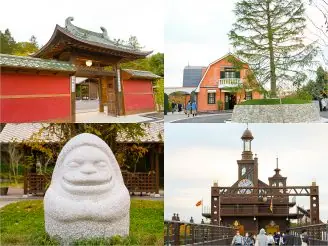Table of Contents
This time, we would like to introduce you to a slightly unusual rice shop called “CASA” in Ichinomiya, Aichi Prefecture.
CASA is an antenna shop and eat-in type rice store that handles pesticide-free and fertilizer-free agricultural products produced by "Nakayama Farm" in Suzuka City, Mie Prefecture. Starting with rice, wheat, and soybeans, they sell ingredients and seasonings made by discerning craftsmen.
One bite of CASA's omusubi and you cannot help but think, "Rice is so delicious," and "I am glad I was born in Japan." We would like to introduce the charm of CASA, where you can discover the undiscovered taste of rice.

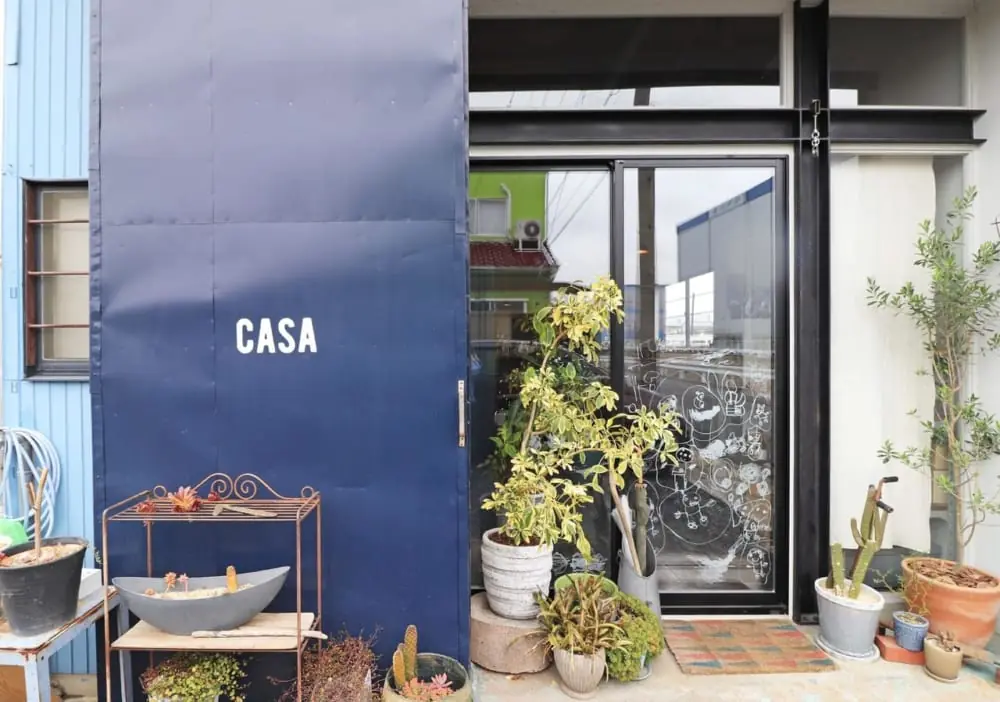
The location is about 10 to 15 minutes by car from Owari Ichinomiya Station. Look for the blue hut on the river.

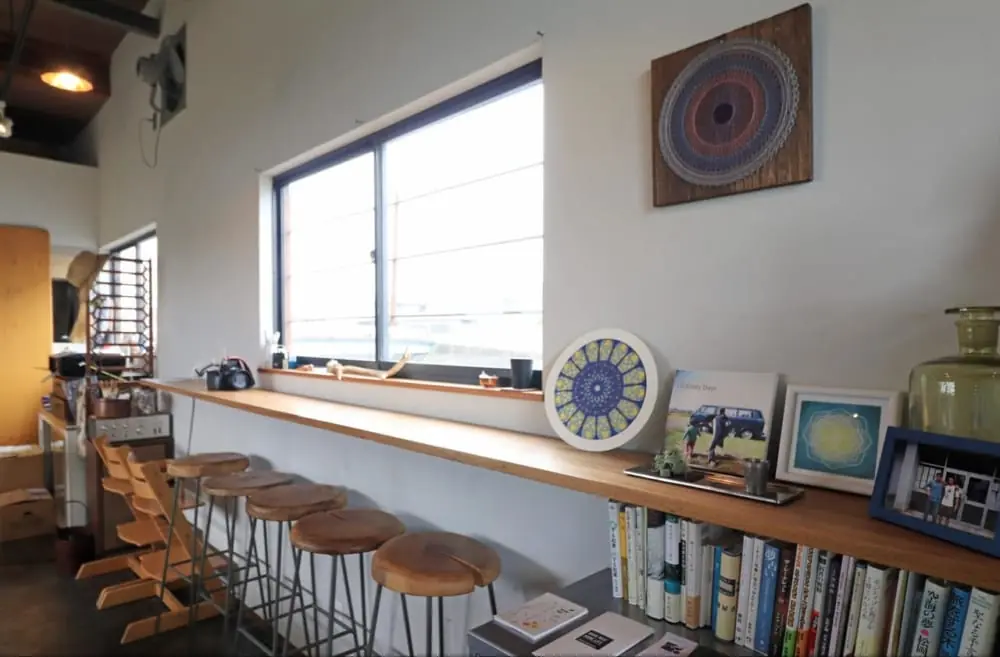
The interior of the store, which was renovated from an iron factory by the owner himself, is a stylish space that makes it hard to believe that it is a rice shop.
I want to deliver pesticide-free and fertilizer-free rice

CASA owner Yoshihisa Kamijo and his wife Minori
First, we interviewed the owner, Yoshihisa Kamijo, commonly known as "JO-san," about the birth of the store.
JO: "It goes back to 13 years ago when I started helping out at the 'Nakayama Farm' in Suzuka, Mie Prefecture, run by my friend, Mr. Nakayama. Now we sell pesticide-free and fertilizer-free rice, but he was originally a general farmer who cultivated using conventional farming methods. However, when their child was born, I started to want to grow more particular rice. I was trying various things such as organic farming, but I couldn't make up my mind.
At that time, Mr. Akinori Kimura, an apple farmer in Aomori who succeeded in cultivating pesticide-free apples, who was depicted in the movie "Miracle Apple", came to Nakayama Farm. This led to the start of rice cultivation that does not use fertilizers or chemicals. Then, I got something better than I imagined. ”
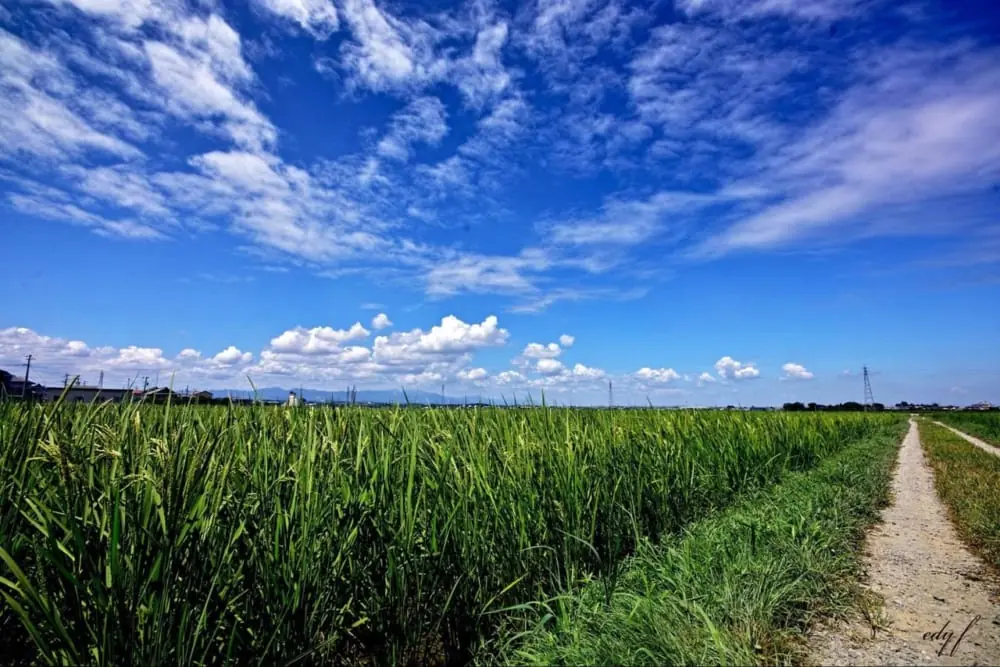 "Nakayama Farm" in Suzuka City, Mie Prefecture
"Nakayama Farm" in Suzuka City, Mie Prefecture
JO: "But there was a certain conflict. No matter how good the product is, if it is delivered to JA (Japan Agricultural Cooperative), it is all mixed together. It is sad that no matter how much thought you put into your product, it gets mixed in with the rest. ...... However, farmers do not know how to sell their products. So, since I was in the manufacturing business, I decided to help Nakayama package his rice and sell it.
The current situation of Japanese agriculture that I learned for the first time

JO, who decided to help Nakayama Farm in this way, witnessed the problems of Japanese agriculture.
JO: "First of all, many Japanese consumers have little interest in what they eat. For example, when they go to a café and order coffee or bread. They are rarely aware of how it is made and what it is made of. I thought that was very scary. ...... I also learned that some things are made of really scary stuff.
I also have four children, and my first and second children have atopic dermatitis and asthma, so I was extra careful about what we ate. I was interested in food to the extent that I studied molecular nutrition when I was a student, so I did a lot of research and saw that Japanese agriculture was facing many problems.
If things continue as they are, I do not see a future for medium- and small-scale farmers like Nakayama Farm. There are far more such farmers, but consumers are not interested in such things. If such a situation continues, Japanese agriculture will disappear. It will no longer be domestically produced. I felt this was a bad situation, and my desire to be involved in agriculture grew stronger."
Sold out! Started mail-order sales of rice

They started selling Nakayama Farm's rice through mail order.
JO: "Thankfully, it continued to sell out for 5, 6, 7 years. Originally, the quantity was small, but there are people who are looking for something that is carefully made. I know there are a lot of us.
The farm produces two varieties of rice, Koshihikari and Sasanishiki. The Sasanishiki variety is relatively easy to eat, even for those with food allergies. And it is said that 80% of the nutrition in rice is found on the outside. With pesticide-free rice, you can eat the outside as well."




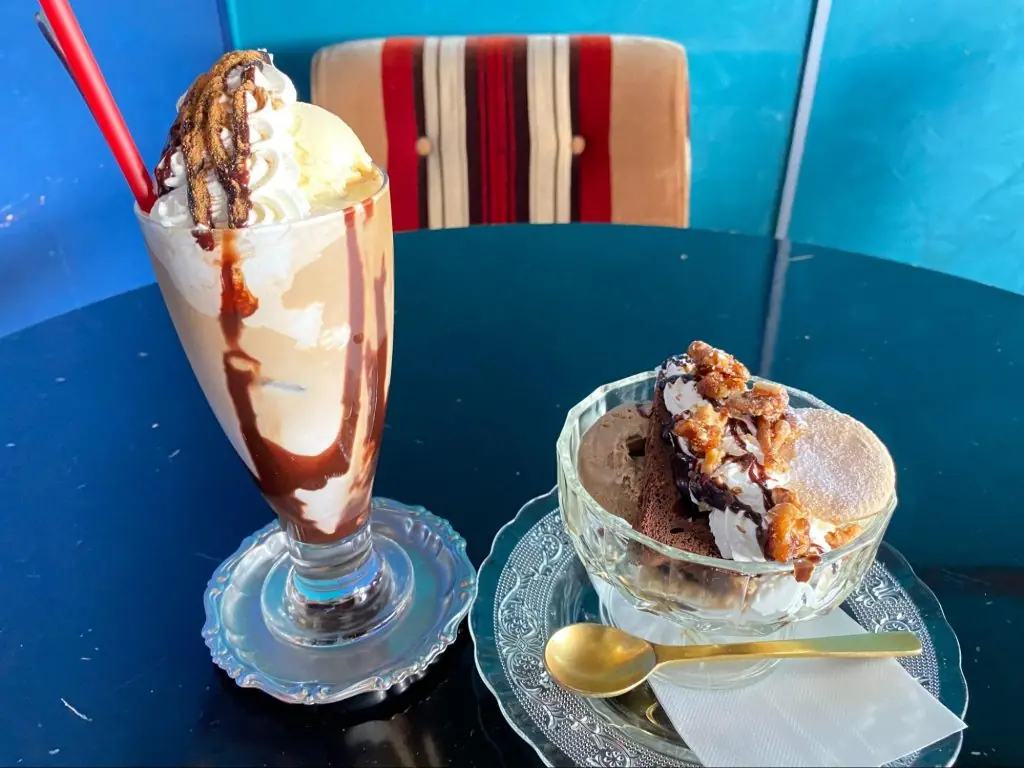
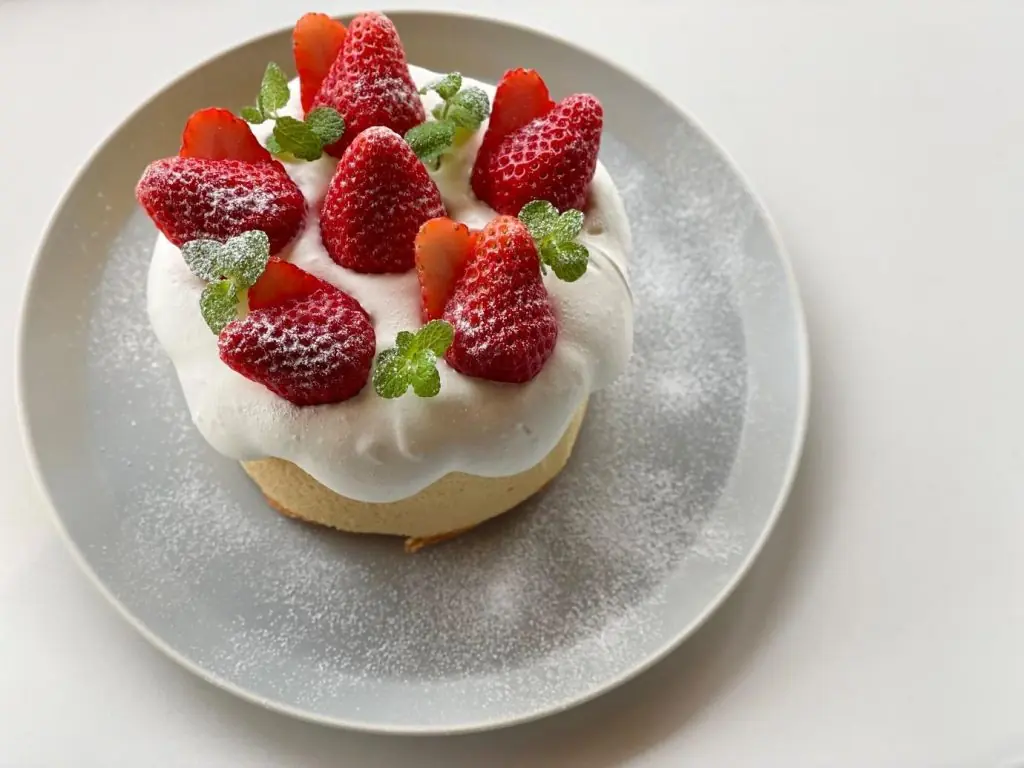
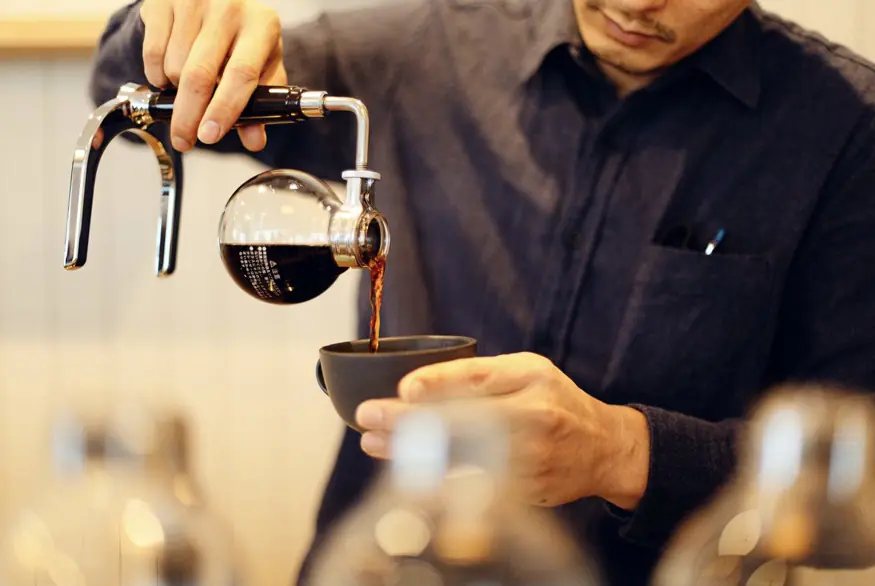
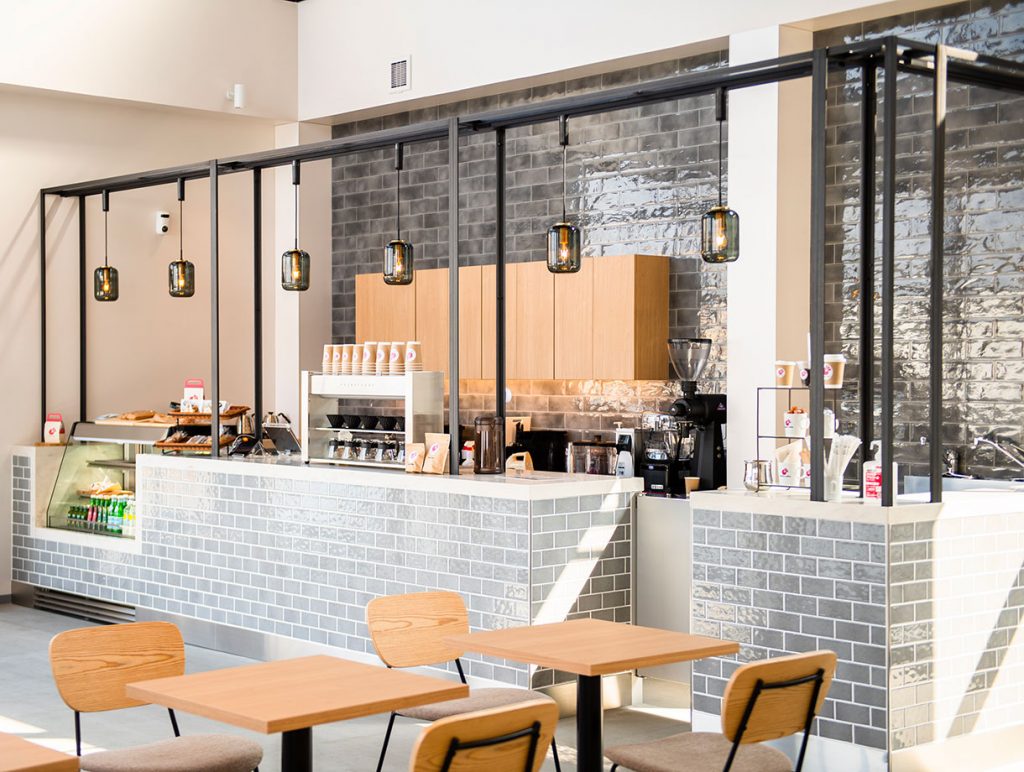
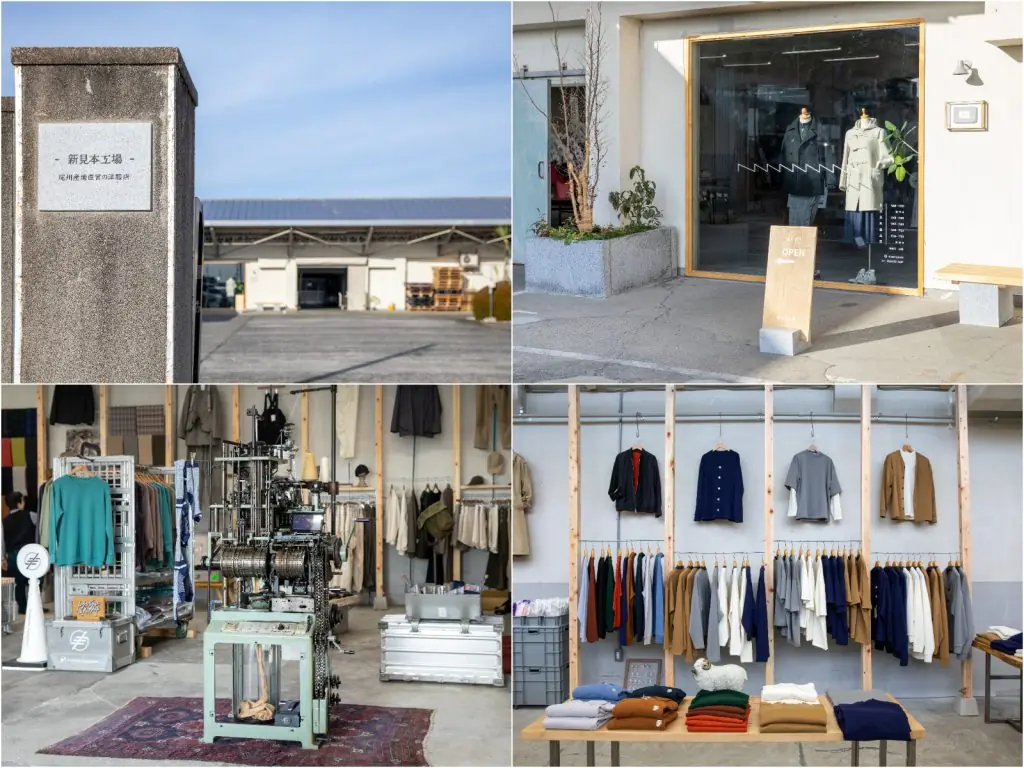
![[Ichinomiya] "BEN'S MORNING CAFE" Have a Luxurious Morning with a Special Morning Breakfast](https://life-designs.jp/wp/wp-content/uploads/2022/11/image7-1024x683.jpg)

![[Aichi/Ichinomiya City] 15 recommended custom house companies and construction companies](https://life-designs.jp/wp/wp-content/uploads/2022/06/iStock-1019975304-1024x683.jpg)

![[Indoor Facilities] Where to Go on Rainy Days in Tokai Area! For Family Outings!](https://life-designs.jp/wp/wp-content/uploads/2023/07/FotoJet-23.jpg)





![[Ghibli Park] Beginner's Guide](https://life-designs.jp/wp/wp-content/uploads/2023/07/ghiblipark_w1920h1088_20240422-768x435.png)
![[Enjoy Kuwana! ] From Classic to the Latest Spots](https://life-designs.jp/wp/wp-content/uploads/2022/11/Kuwana_w1920x1088-1-768x435.png)
![[Tokai Area] Scenic Spots which You'll Never Forget](https://life-designs.jp/wp/wp-content/uploads/2019/12/LD_banner_w1920x1088_prospect-1-1024x580.jpg)
![[Special Feature] Enjoy Outdoor Activities!](https://life-designs.jp/wp/wp-content/uploads/2019/12/LD_banner_w1920x1088_outdoor-1-1024x580.jpg)
![[Tokai Area] Place to Go on Rainy Days!](https://life-designs.jp/wp/wp-content/uploads/2022/03/f76405aaa33944a4ba88a131fbc56523-1024x580.png)
![[Nagoya-meshi] Nagoya's Speciality Dishes](https://life-designs.jp/wp/wp-content/uploads/2022/06/5ba2ca8c038fd4af7527bc0826367cfb-1024x580.png)
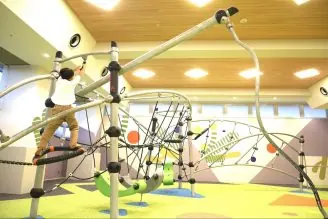
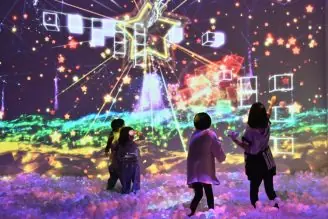

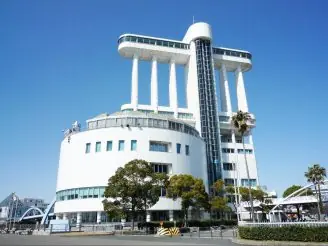
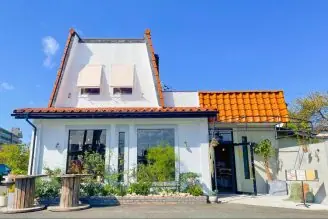
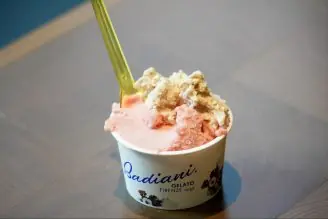
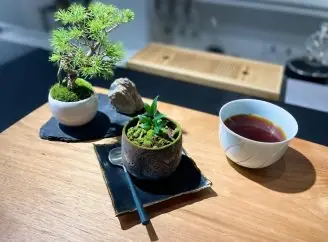



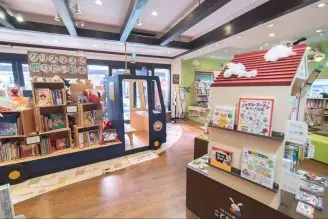

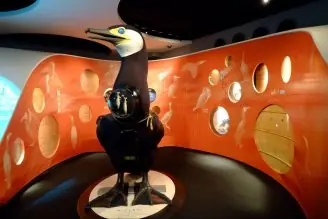
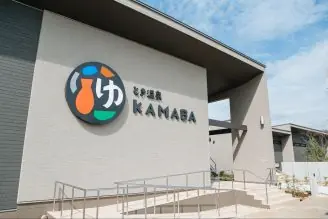
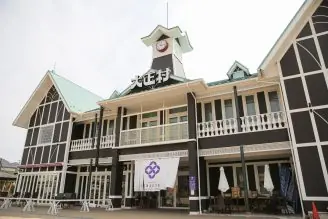

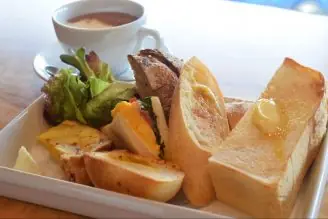
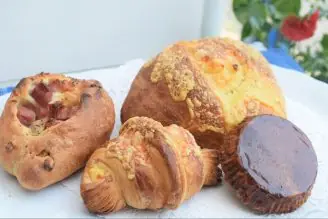
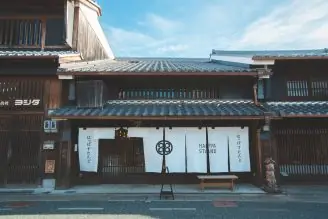
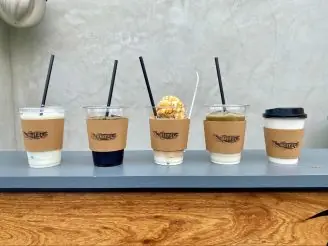

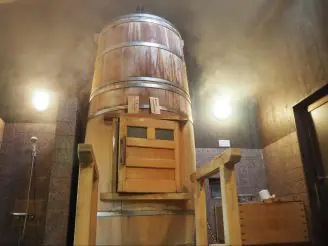
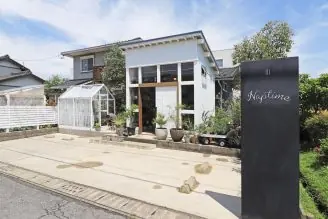


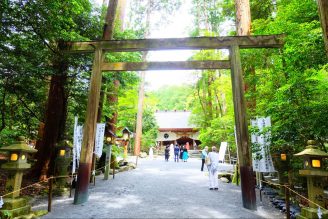

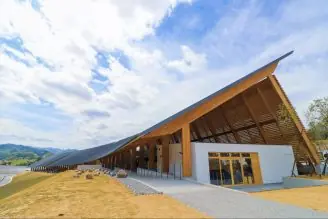
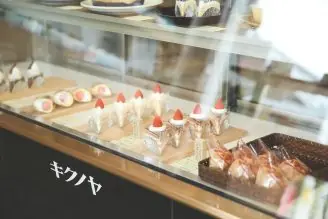
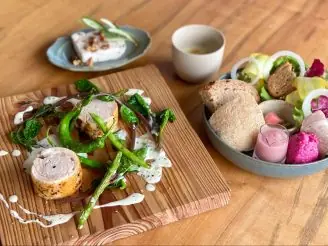
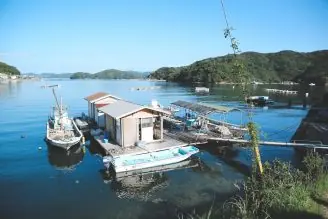
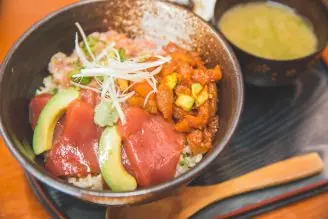
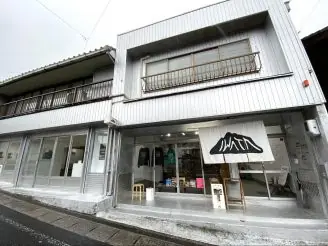
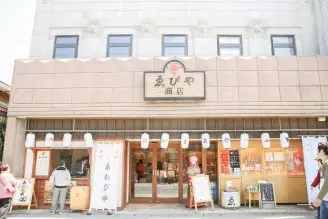
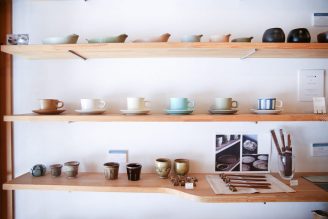
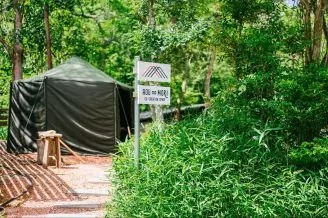
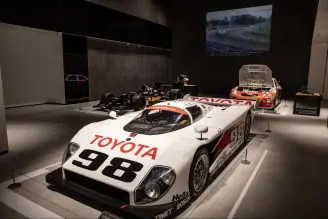


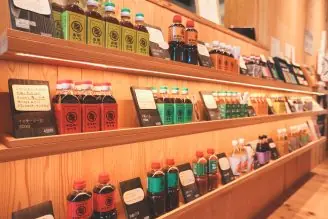






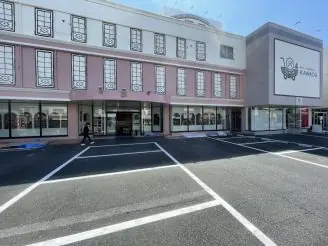
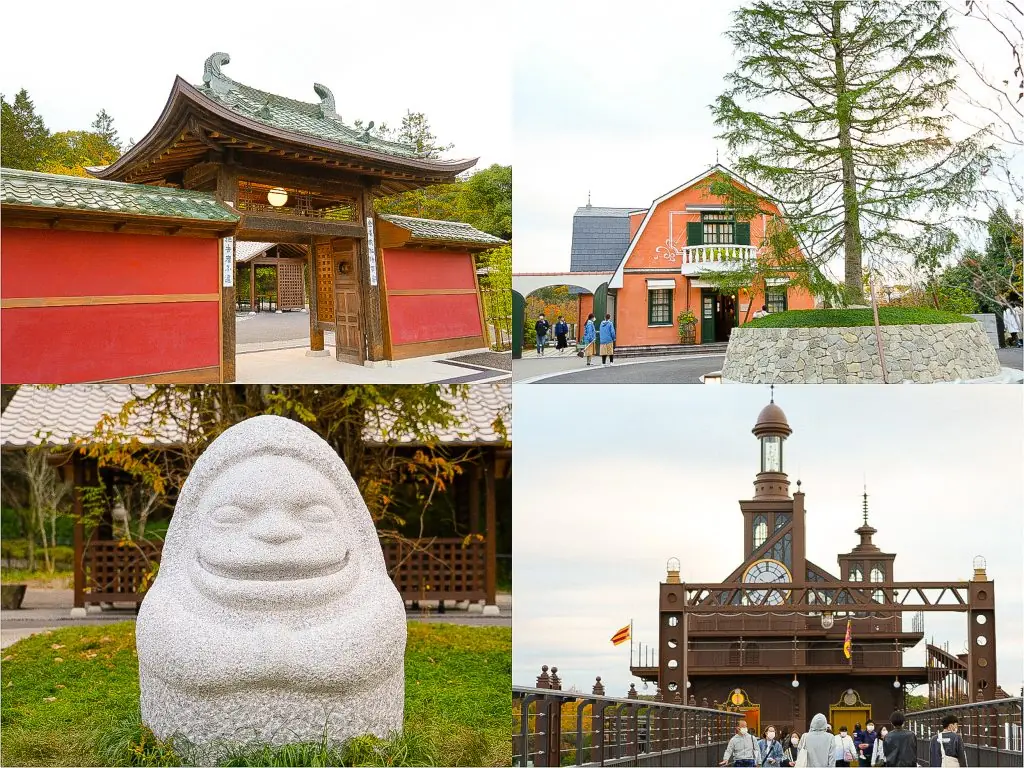
![[9 Selections] Summary of Retro Coffee Shops in Nagoya](https://life-designs.jp/wp/wp-content/uploads/2021/11/image1-30-1024x683.jpg)
![[Aichi, Gifu, Mie] 30 Family-Friendly Spots to Go in Winter!](https://life-designs.jp/wp/wp-content/uploads/2019/12/image21-1-768x543.png)

![[Nagoya, Aichi] Recommended Shops to Buy Tablewares around Nagoya](https://life-designs.jp/wp/wp-content/uploads/2019/11/image12-26-150x100.jpg)
![[Within 2hrs by Car] 12 Outing Areas where You can Go on a Day Trip from Nagoya!](https://life-designs.jp/wp/wp-content/uploads/2023/07/odekake12_w1200h900_20240422-328x246.png)
